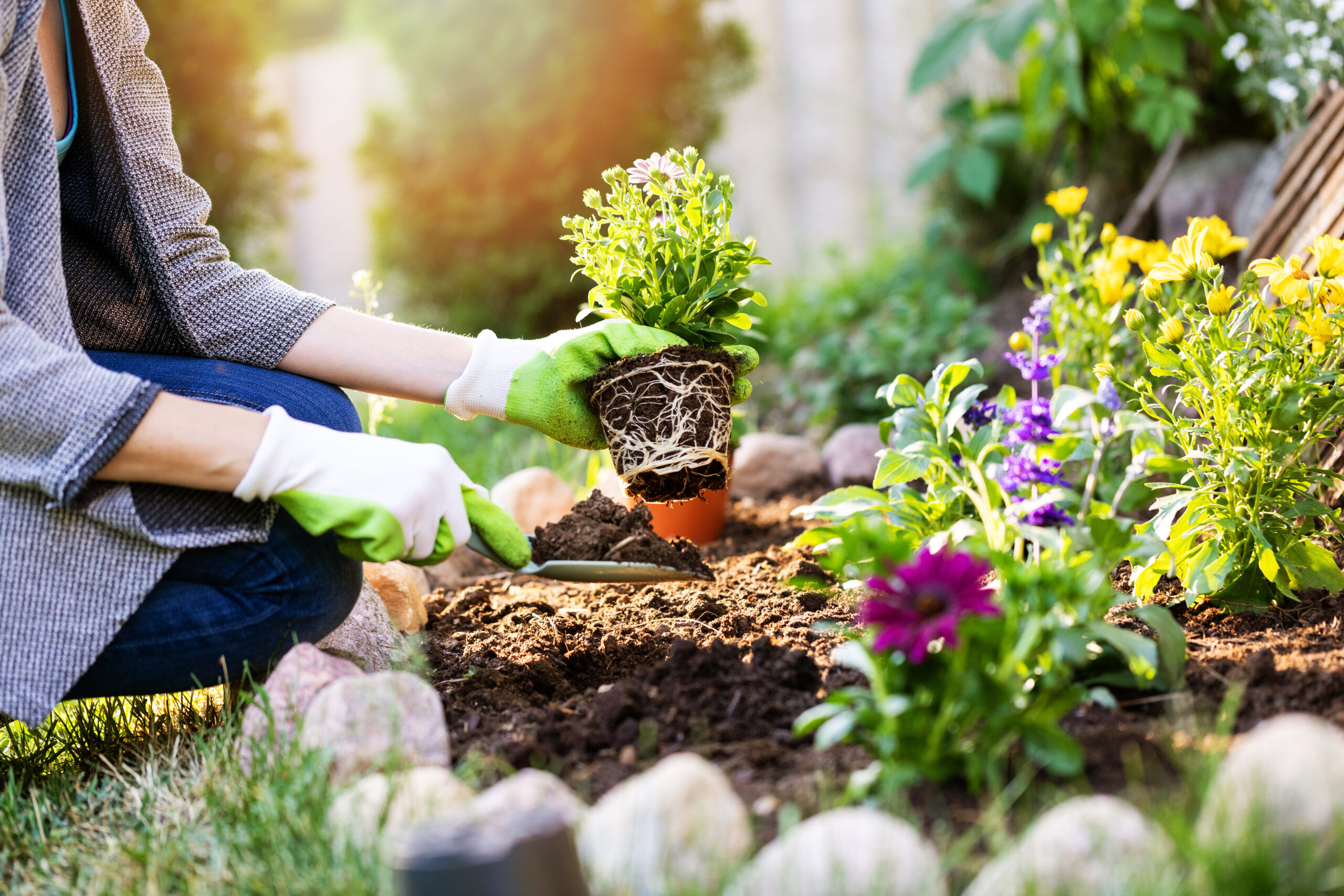Tips for a Beautiful and Low-Maintenance Home Garden

Creating a beautiful garden that requires minimal upkeep is a dream for many homeowners. With thoughtful planning and smart choices, you can design a landscape that not only enhances the aesthetic appeal of your home but also saves you time and effort. Here are some essential landscaping tips to help you achieve a stunning and low-maintenance garden.
1. Choose the Right Plants
Selecting the right plants is crucial for a low-maintenance garden. Opt for native plants and drought-resistant species that are well-suited to your local climate and soil conditions. These plants typically require less water, fertilizer, and attention.
Plant Selection Tips:
- Native plants: These are adapted to your region and need less care.
- Perennials over annuals: Perennials return year after year, reducing the need for replanting.
- Drought-resistant plants: Species like lavender, succulents, and ornamental grasses thrive with minimal watering.
2. Group Plants by Water Needs
Organize your garden by grouping plants with similar water requirements together. This approach, known as hydrozoning, ensures that each plant receives the right amount of water and helps prevent overwatering or underwatering.
Hydrozoning Tips:
- Identify water needs: Categorize plants into high, medium, and low water needs.
- Designate zones: Create distinct areas in your garden for each category.
- Install appropriate irrigation: Use drip irrigation or soaker hoses to target specific zones efficiently.
3. Mulch, Mulch, Mulch
Mulching is a gardener’s best friend. It helps retain soil moisture, suppresses weeds, and regulates soil temperature. Organic mulches like wood chips, bark, or compost also enrich the soil as they decompose.
Mulching Tips:
- Apply generously: Spread a 2-3 inch layer of mulch around your plants.
- Leave space around stems: Avoid piling mulch directly against plant stems to prevent rot.
- Replenish annually: Add a fresh layer of mulch each year to maintain its benefits.
4. Simplify Your Lawn Care
Lawns can be one of the most time-consuming aspects of garden maintenance. Simplify your lawn care routine by reducing the size of your lawn and choosing low-maintenance grass varieties.
Lawn Care Tips:
- Reduce lawn area: Replace parts of your lawn with ground covers, flower beds, or hardscaping.
- Choose low-maintenance grass: Varieties like fescue or zoysia require less water and mowing.
- Mow smart: Set your mower blades higher to promote deeper roots and reduce mowing frequency.
5. Incorporate Hardscaping
Hardscaping elements such as patios, pathways, and decorative rocks can significantly reduce the amount of maintenance required in your garden. They also add structure and visual interest to your landscape.
Hardscaping Tips:
- Use durable materials: Opt for materials like stone, concrete, or gravel that withstand weather conditions.
- Create functional spaces: Design areas for relaxation, dining, or entertaining.
- Blend with natural elements: Integrate hardscaping with plants to soften the look and maintain a natural feel.
6. Implement Smart Irrigation
Efficient irrigation is key to a low-maintenance garden. Smart irrigation systems can help you water your plants accurately and conserve water.
Irrigation Tips:
- Install a drip system: Drip irrigation delivers water directly to the plant roots, reducing waste.
- Use a timer: Automate your watering schedule to ensure consistent and timely irrigation.
- Consider rain sensors: These devices adjust watering based on rainfall, preventing overwatering.
7. Minimize Weeding
Weeding can be a tedious chore, but with a few strategies, you can minimize its impact on your gardening routine.
Weeding Tips:
- Apply mulch: A thick layer of mulch suppresses weed growth.
- Use landscape fabric: Place fabric under mulch or gravel to block weeds.
- Plant ground covers: Dense ground covers like creeping thyme or clover outcompete weeds for space and resources.
8. Opt for Low-Maintenance Design
Design your garden with simplicity in mind. Avoid intricate designs and complex plant arrangements that require frequent attention.
Design Tips:
- Choose easy-care plants: Stick to plants that thrive with minimal intervention.
- Limit plant varieties: Using fewer plant species reduces maintenance complexity.
- Create accessible pathways: Ensure easy access to all parts of your garden for convenient care and maintenance.
Creating a beautiful, low-maintenance garden is about making smart choices and planning thoughtfully. By selecting the right plants, implementing efficient irrigation, and incorporating hardscaping elements, you can enjoy a stunning garden that enhances your home’s appeal without demanding too much of your time. Happy gardening!




